NYU-MRSEC investigators have worked alongside BioBus scientists to develop new K-12 materials science-related curricula since 2009. This collaboration brought exciting and educational engineering projects to over 1,000 NYC students in 2019-2020.

NYU-MRSEC investigators have worked alongside BioBus scientists to develop new K-12 materials science-related curricula since 2009. This collaboration brought exciting and educational engineering projects to over 1,000 NYC students in 2019-2020.
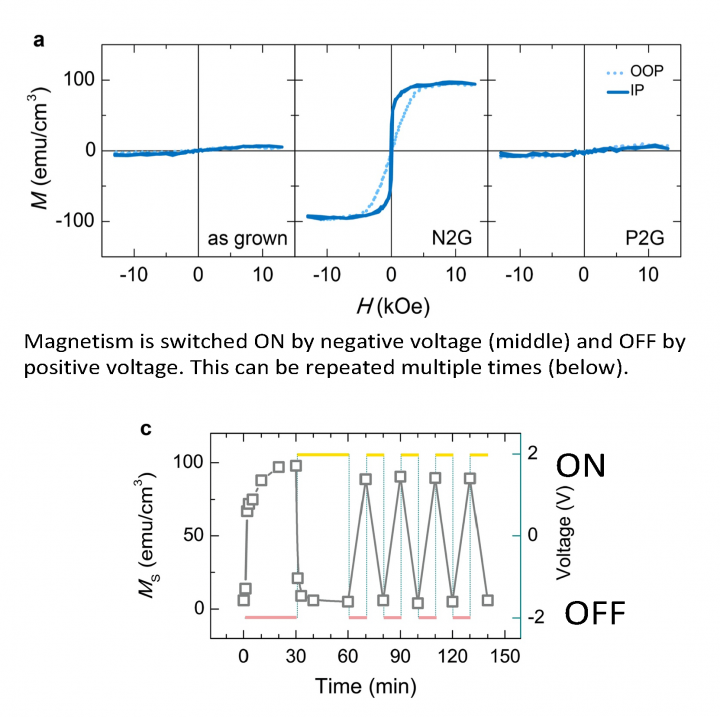
Searching for new materials and phenomena to enable voltage control of magnetism and magnetic properties holds compelling interest for the development of low-power non-volatile memory devices. Here, we report on a non-volatile ON/OFF voltage control of magnetism in thin films of an oxide, SrCo1-xFexO3-δ (SCFO).
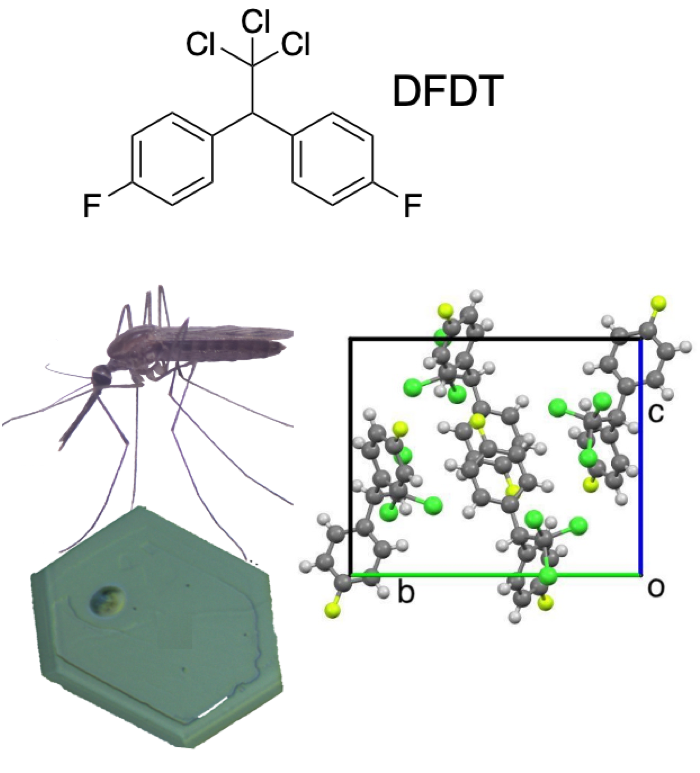
MRSEC investigators rediscovered DFDT and found that amorphous and crystalline forms of DFDT and a mono-fluorinated chiral congener, MFDT were more active against Anopheles and Aedes mosquitoes, the former the disease vector for malaria and the latter for Zika, yellow fever, dengue, and chikungunya.
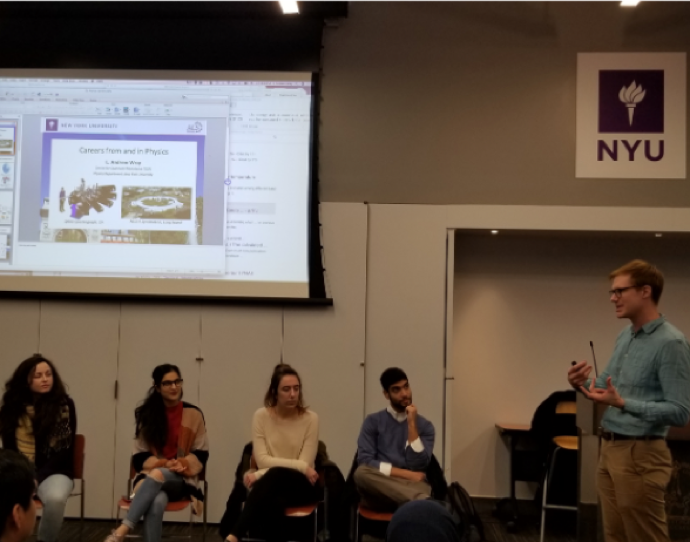
NYU-MRSEC pursues its partnership with NYU-CSTEP (Collegiate Science and Technology Entry Program). The Center was invited to give a guest lecture as part of the NYU-CSTEP Research Initiative.
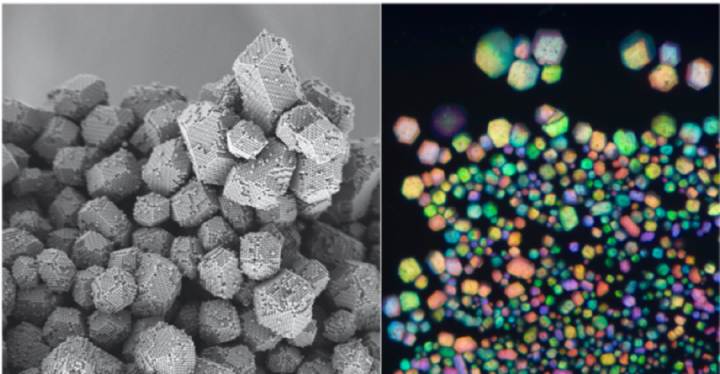
The research funded by this grant has enabled to develop a conceptually new approach to colloidal self-assembly that borrows no material from biology and entirely relies on the innate charge that any colloidal particle develops in water.
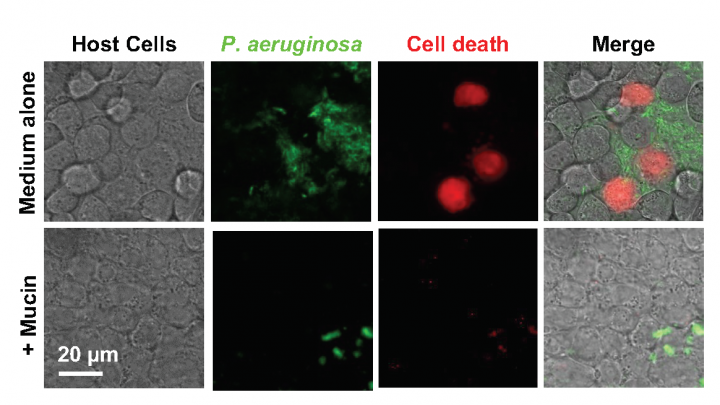
A slimy layer of mucus serves as the first line of defense against problematic microbes like the bacterial pathogen Pseudomonas aeruginosa. We have identified mucins, the major gel-forming components of mucus, and their complex sugar structures (glycans) as protective molecules that suppress microbial virulence traits including toxin secretion, bacterial communication, and surface attachment.
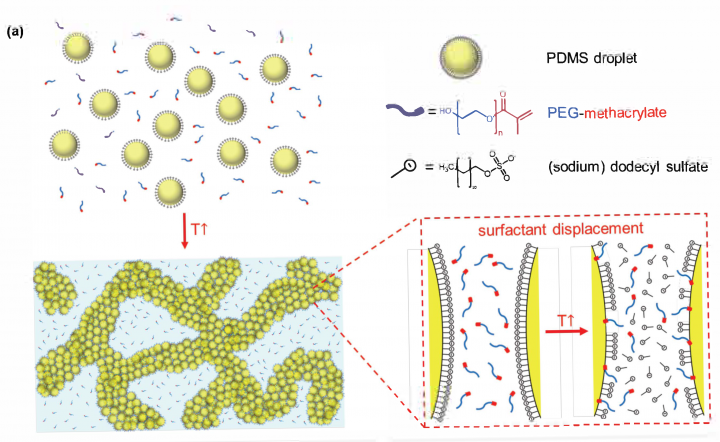
Doyle has discovered a new way to thermally-induce gelation of nanoemulsions. They developed a platform wherein colloidal gelation is controlled by tuning repulsive interactions.
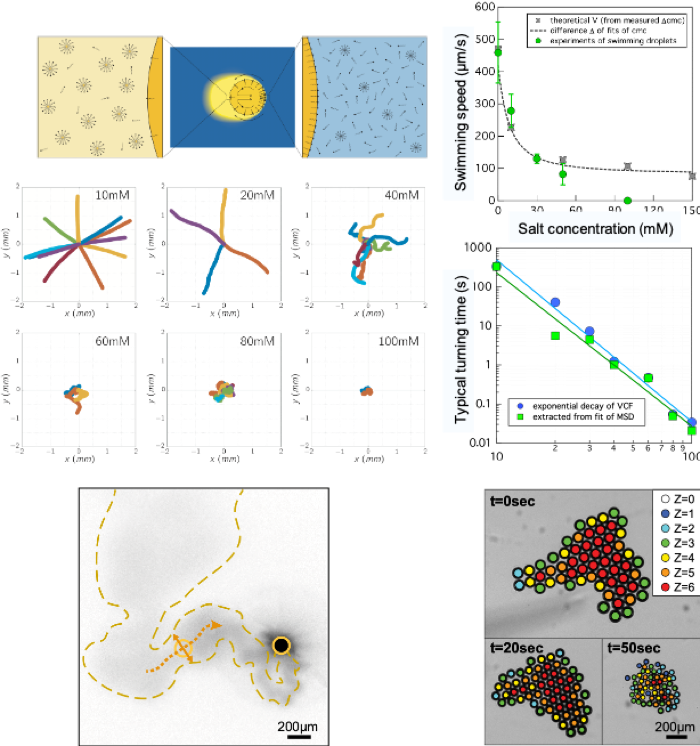
Here we explain the molecular engine of droplet motion that gives rise to their persistent random walk. This result allows us to tune their swimming speed and turning frequency over a range that is much broader than that of solid active particles.
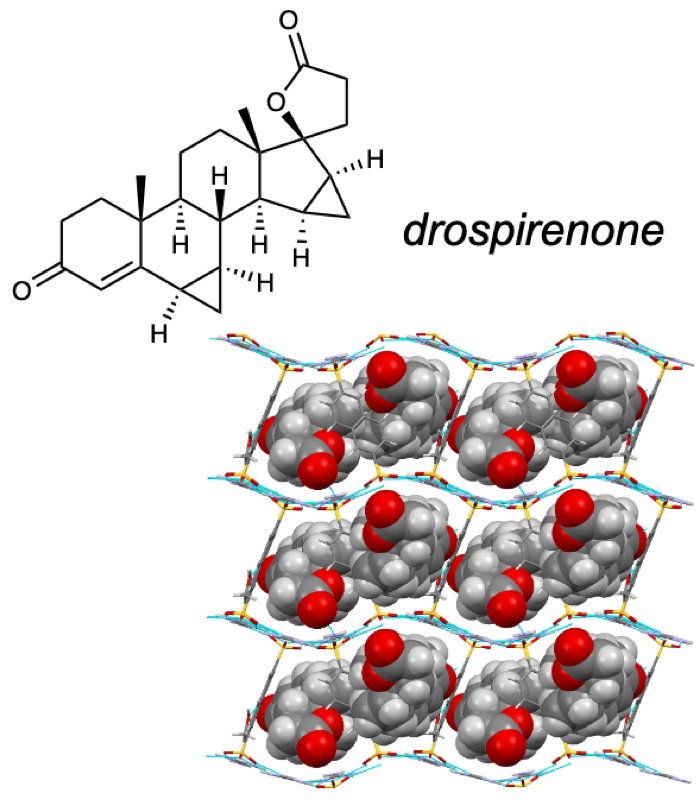
MRSEC investigators reported that a versatile toolkit of guanidinium organosulfonate hydrogen-bonded host frameworks can form inclusion compounds with complex “stubborn” molecules that cannot be crystallized or form suitable single crystals for X-ray diffraction analysis by themselves, enabling determination of their molecular structure.